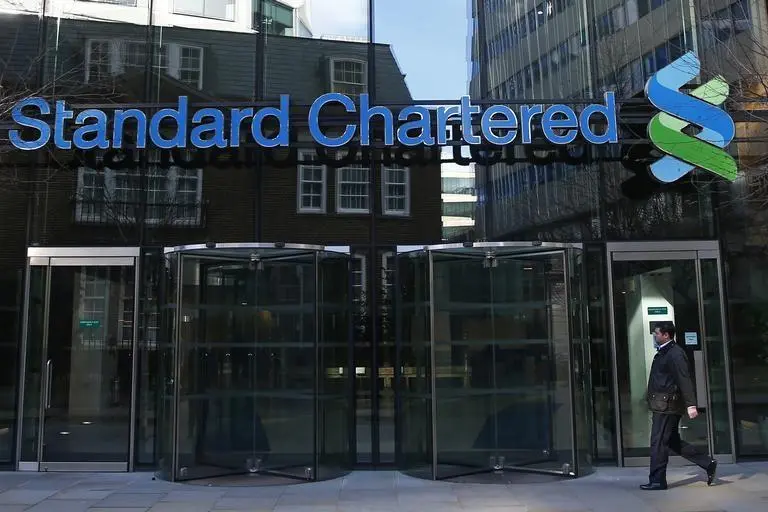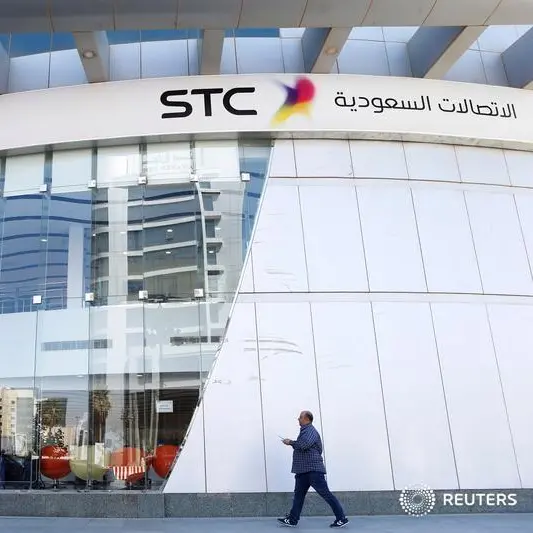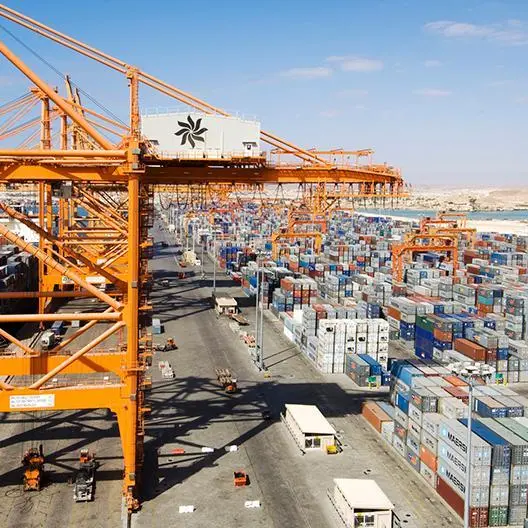PHOTO
How has the year been thus far?
The year so far has been a mix bag. When we published our Outlook for 2019 at the end of last year, we anticipated a shift to less risky investments, given the macroeconomic conditions at the time, however there have been few positive surprises this year with the US Federal Reserve taking a stance to pause the interest rate hikes.
What emerging themes do you see developing in the wealth management space?
We see an increasing interest in environmental, social and governance (ESG) solutions—the demand for ESG solutions are being fuelled by increased investor awareness and interest, government support in many markets as well as wealth changing hands to the next generation of more socially conscious investors.
Industry research tells us that the new generation also known as the millennials, are twice as likely to invest in companies or funds with ESG outcomes, and over 80 per cent cite investing with a focus on ESG impact as central to their investment decision making. In line with this, we are seeing a growth in ESG funds in global markets.
How have macro developments impacted your business and your clientele?
Macro developments have positively impacted both, our business and our clientele. As the global macroenvironment has become extremely dynamic, sentiments have improved and appetite for risk assets have increased, all of which has had a positive impact.
When we met last year, you mentioned your biggest concern is the US-China trade dispute. What are your views on that this year?
The positive impulse from US-China trade tensions easing initially boosted global markets, however various other forces continue to challenge markets. The negotiators have held several rounds of talks since December last year in a bid to reach an agreement as the dispute has heavily cost the two largest economies in the world and jolted financial markets.
Our assessment is that a US-China trade deal will be reached in the coming months, but it will remain a risk; US-China trade talks point to de-escalation, albeit not a complete reversal of existing tariffs.
What major risks do you see affecting your portfolios?
While the macro environment suggests a favourable outlook for some investment strategies, it is important to highlight the key risks:
• A stronger-than-expected pick-up in inflation could prompt a change in current dovish stance of the Fed, which may trigger a negative reaction in rate-sensitive income assets;
• A protracted risk-off environment, prompted by economic and earnings growth concerns, which could lead to significant widening in corporate bond spreads and weakness in equities and non-core assets.
Risks to our equity views—US growth and earnings recession, sharp tightening in US monetary policy, weakening Chinese growth; risks to our core holding view—fund outflows, political risks, a global economic slowdown and a China hard landing negatively impacting the commodity markets.
Which asset classes are you most optimistic about and why?
We favour equities over bonds, alternative strategies and cash.
Within equities, we maintain our regional preference for Asia ex-Japan. In our assessment, valuations, earnings and technicals, all suggest that there is room for gains to extend. Within the region, we continue to prefer China (onshore and offshore). While over 30 per cent gains in the onshore Shanghai Composite may seem like a lot, history shows it is not uncommon for the market to deliver significantly more in a given year, especially if inflows to EMs are well-supported.
Within bonds, we prefer emerging market (EM), US dollar (USD) government bonds and Asia USD bonds. The absolute level of yields (approximately 6.1 per cent and 4.4 per cent respectively) remains attractive, in our assessment. Meanwhile, further gains in risky assets and a weaker USD also argue the case for rising emerging market bond prices, especially as valuations are not a constraint.
In our Global Investment Committee’s assessment, the Fed’s economic and interest rate projections point to capped US bond yields and a weaker USD. In our assessment, our expectations of further gains in equities and EM/Asian USD bonds, and a weaker USD, translate directly to continued support for multi- asset income strategies.
What are your views on gold as a commodity?
Gold prices have eased as market participants scaled back the probability of a Fed rate cut this year. We expect the Fed to remain on hold this year and we do not expect the economy to tilt into recession. Central bank buying and an improving physical market have slowed the decline. Unless we see a further compression in real rates or a significant decline in the USD, we believe risks are skewed towards the upside given our expectations of gold trading in the $1,250-1,350/oz range over the next 6-12 months.
Oil is another inevitable factor when operating in this region. In light of various developments over the last few months, has your outlook changed?
While concerns around supply (i.e. renewed conflict in Libya) have risen, the demand for oil has remained resilient despite the recent soft patch in the global economy. The timing of the US decision to end all sanction waivers recently, caught most market participants by surprise, driving prices higher. However, we believe the fundamental set-up is significantly different compared to last year, given the visibility on available OPEC spare capacity, the US has continued to increase its oil output although this had been offset by OPEC production cuts.
The de-bottlenecking of the Permian on the back of new pipeline and export capacity should boost US shale production. Investor diversity has also been relatively low. Further price gains will unlikely be sustained in our view. Our expectation for oil to trade in the $65-75/ bbl range remains unchanged.
What is your take on currencies this year?
We believe the USD uptrend is fading. A rise in volatility and a breakout from recent tight trading ranges could signal the start of a USD decline. We believe China, Japan and EM will deliver fiscal stimulus that could help re-synchronise global growth and allow interest rate differentials to narrow. Capital flows could also shift away from the US. We also await the outcome of bilateral US trade talks with China, Japan and the EU for currency agreements that could limit USD gains. Combined with a gradual diversification in foreign exchange reserves allocation and sharper focus on the US twin deficits, the USD is likely peaking now.
The euro (EUR) is likely to strengthen amid USD weakness and a stabilising economy. We are bullish on EUR/USD in the medium term despite current weak European growth and inflation data. Ongoing policy uncertainty resulting from Brexit, US-EU trade issues and forthcoming EU elections continue to weigh on the EUR. However, we believe that as China and Asian economies recover on the back of fiscal and monetary stimulus, sentiment towards the EUR area will become less pessimistic as the economy stabilises. If the USD loses its upward traction, the EUR/USD, almost by necessity, would finally turn higher.
The British pound (GBP) is likely to strengthen as a ‘hard Brexit’ is avoided and valuations remain inexpensive. We remain bullish on the GBP as we expect a ‘soft’ or no Brexit, following the recent deadline delay to 31 October. UK political negotiations are likely to centre around a common market or customs union, with a growing chance of a confirmatory referendum. The GBP is very undervalued, and we expect that Brexit resolution and interest rate normalisation will drive the GBP strength in the near- and medium-term.
How do you see the wealth management sector in the region evolving over the next 18 months?
The wealth management industry is experiencing an unprecedented level of change. Overall, wealth management clients are becoming more astute about financial planning, and they are seeking digital capabilities and better advisory options. The view of the industry is that the relationship with the banker and reputation remain the key selection criteria for clients.
Convenience is becoming increasingly important, further stressing the need for digitalisation. As technology continues to change rapidly, wealth management firms must be agile to enhance the overall experience of clients. Today, the wealth management landscape is influenced by millennials who are the future high net worth individuals. Increased financial awareness is leading to an increased demand for more sophisticated and customised services.
Millennials are tech-savvy, philanthropic, financially risk-averse, and have a culturally inclusive worldview— transforming products and engagement model to a digital platform is vital to serve all segments more efficiently and effectively. This is especially true since all generations are quickly embracing the power of mobility and digitalisation in all life engagements.
© 2019 CPI Financial. All rights reserved. Provided by SyndiGate Media Inc. (Syndigate.info).












